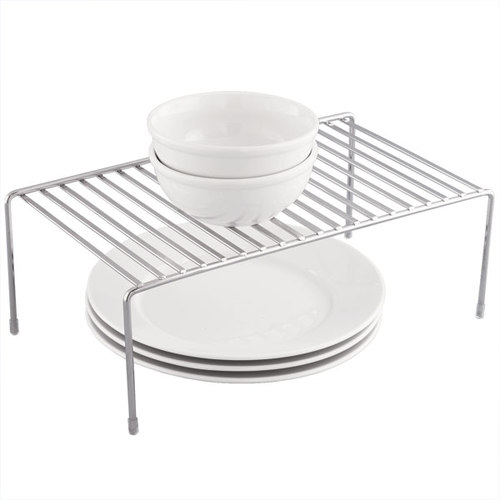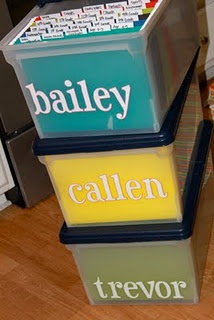READY, SET, Get Organized!
/After you you've decluttered, level up with these 5 tools:
1. MATCHING HANGERS
This is one of the best investments you can make and the main ingredient of every organized closet! Try Huggable Hangers from The Container Store. They aren’t bulky and grip your clothes so they don’t slide off.
2. LINUS DRAWER ORGANIZERS
These clear containers from The Container Store look great in any drawer and make it easy to see what’s inside! They also lighten the space and create a spacious uncluttered look. We love the versatility of this line and they can be used over and over again in your current and future homes!
3. STICKY NOTES
When you rework your organization systems, things are bound to move around. This is especially true if you are relocating! Don't let the entire family open every drawer in the kitchen to find the spoons. Label with sticky notes them until you've all acclimated to your new home!
4. UNIFORM STORAGE CONTAINERS
We know you. We know you pulled out 10 different jars before you found what you were looking for. In addition to looking good, uniform storage containers allow you to utilize your space more efficiently. And you will find what you're looking for in a fraction of the time.
5. SHELF RISERS
Shelf risers from The Container Store are the best solution for making sure everything is visible and accessible. You won't use what you can't see and that is where clutter begins. These beauties are expandable so when you move you can fit them into your new cabinets and shelves, no problem!
RELOCATING THIS SUMMER?
Let our expert staff at Organization & Relocation coordinate your move from start to finish. Kick back, relax and don't cancel that family vacation. Contact us to today for a free consultation.
































